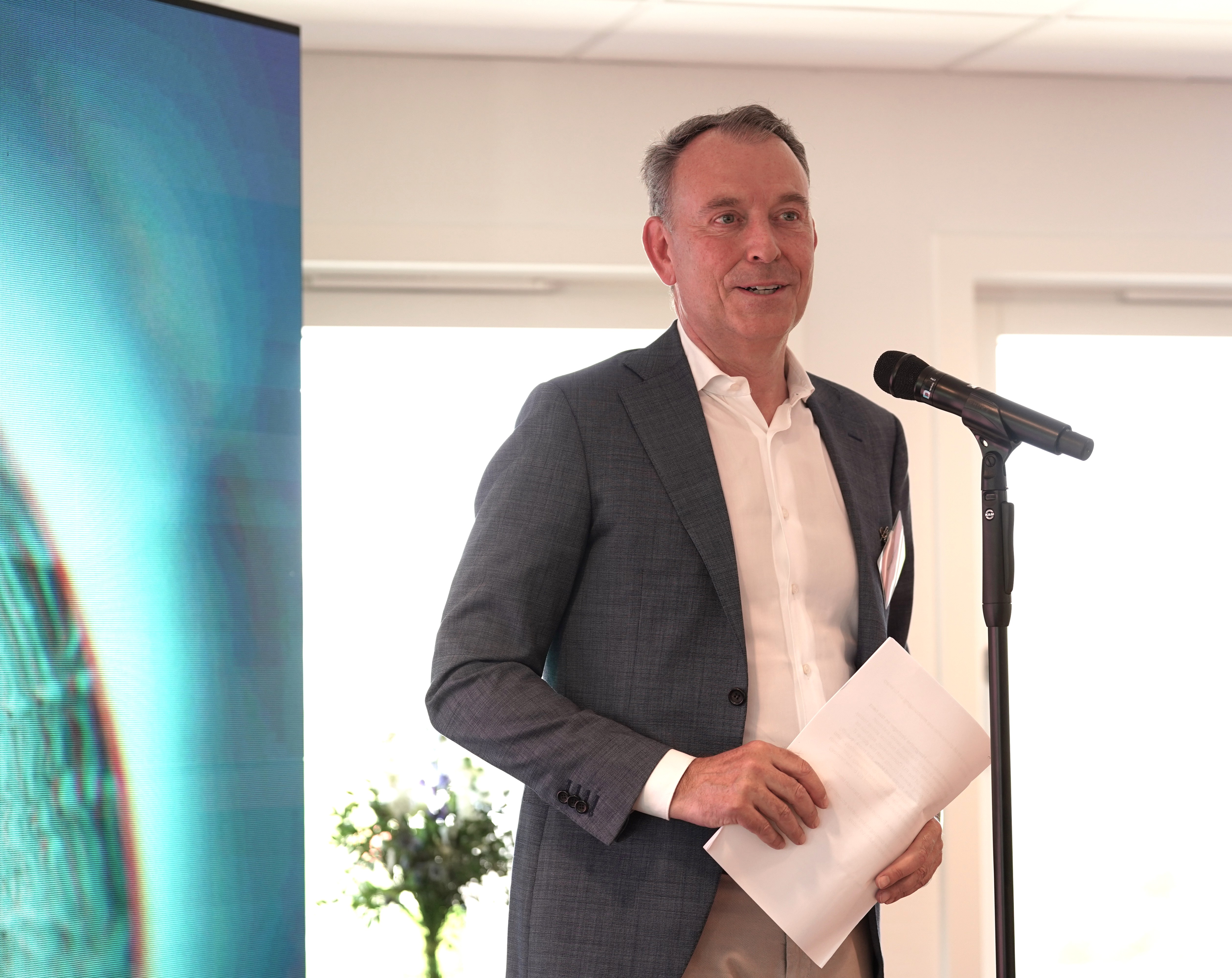The Future Trades in Genes: How DNA Synthesis is Shaping the New Bio-economy
Picture this: It’s the 19th century, and the world is measured in horsepower and steam engines. One century later, Ford revolutionizes manufacturing though the assembly line. By the time the year 2000 rolls in, the measure has switched to processing power and data density, and assembly lines have come a long way from their human-centric parents, becoming a fast, precise and highly automated process capable of delivering products as complex as transistor-filled chips the width of a human hair with clockwork accuracy.But the new currency of the world is smaller still.With microprocessors reaching their physical limit, the world has turned to DNA as a new unit to store data and to generate changes never seen before, now not in machines but in life itself. It has taken a while – and with good reason. DNA synthesis remained unpractical for years, going through an evolution process somewhat homologous to the manufacturing industry’s journey. What began with cumbersome PCR runs based on copying and assembling by hand in the span of days (if your fragments were short and you were lucky) or weeks (now we’re being realistic!) can now literally be ordered online, exactly as you need it: a toolbox of genetic building blocks for you to play.And play is exactly the point.When luxury becomes resource, the economy it sustains shifts from manufacturing to creativity. In terms of biology, the low-cost availability of custom-made DNA means a freedom to experiment and create like never before – and without burning a hole through your lab’s budget.It doesn’t just mean skipping the cloning and diving right into writing and screening to your heart’s content. With DNA as a resource comes the possibility of accelerating a wide variety of genome-centric areas: from cheaper, faster and more direct drug discovery and functional genomics analysis to building more resilient crops and sustainable chemicals, all the way to a personal favorite: DNA based data storage.And since it’s faster and cheaper, you have to admit – it’s better business. And so the demand for synthetic DNA has long left academia and has now found its main bidders in both tech giants and aspiring newcomers. Microsoft is dead set on storing the near-future’s data in DNA, and with 200MB stored and recovered with 100% accuracy 6 months ago, that future might as well be now. Ginkgo Bioworks uses outrageous amounts of DNA to create their designer organisms, rapidly prototyping functional life in what was the stuff of dreams just a couple of years ago.Because a new technology isn’t really disruptive until it becomes accessible. DNA synthesis is finally at this tipping point, and arguably there’s one company that can send it tumbling on the way of plummeting costs: Twist Bioscience. I personally find there’s something fascinating about the way Twist formulates what they do. They speak about liberating scientists from mundane cutting and pasting genes so that they can focus on “building the stuff that matters.” If anything, their job as a manufacturing company is a testament to DNA synthesis as an enabler of a new economy. As Twist CEO Emily Leproust said to Business Insider: “ have more ideas than they had money.”There’s a question I like to ask to young scientists I meet: If money and time were not an issue, what would you change in the world?This, I believe, adds a new dimension to the question. Companies like Twist are adding a new resource, maybe the most powerful yet, to our toolboxes. We do not have the same limitations we did two years ago, and we will have even less on the next few to come. So maybe it is time to ask yourself: If your ideas are not to be restricted by the rate-limiting steps, what does your research or your company look like?How does the world look when custom DNA is available to everyone?



.svg)









-min.png)


.gif)